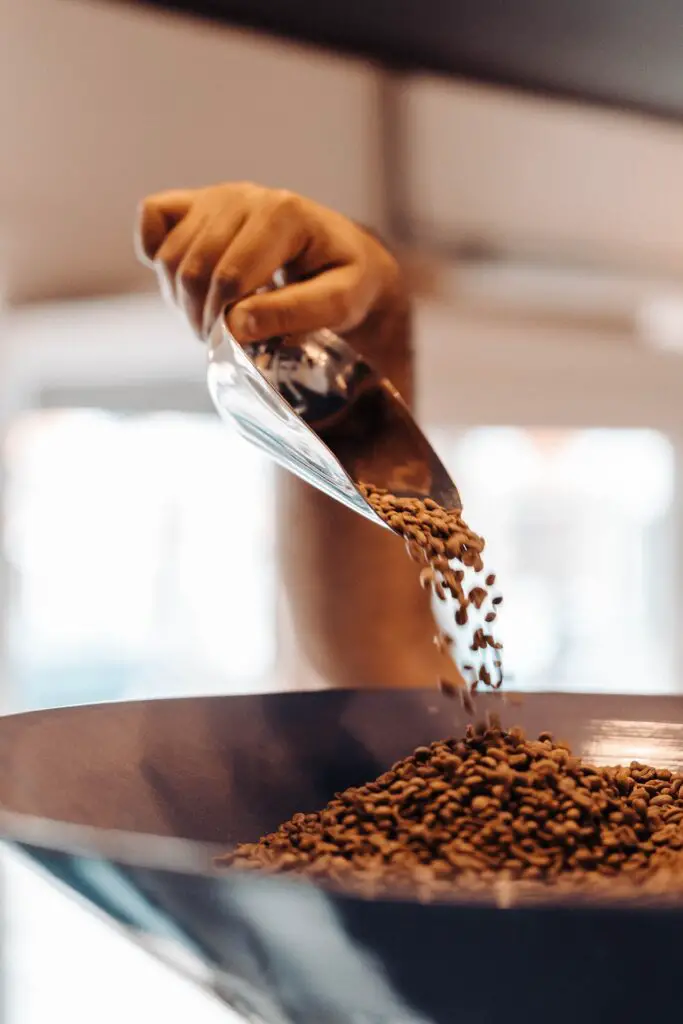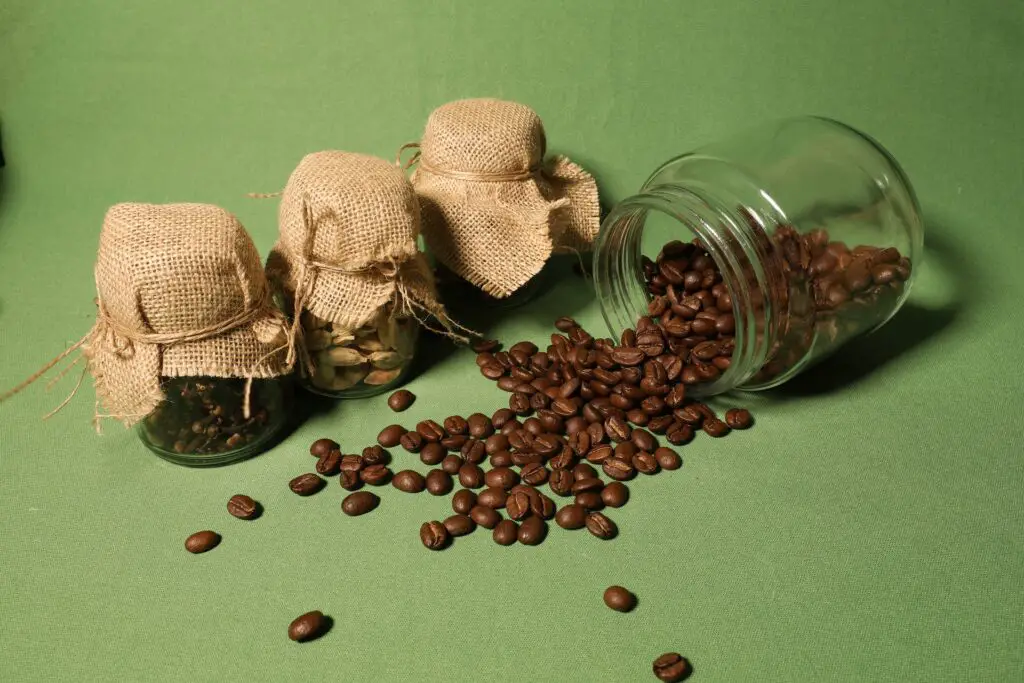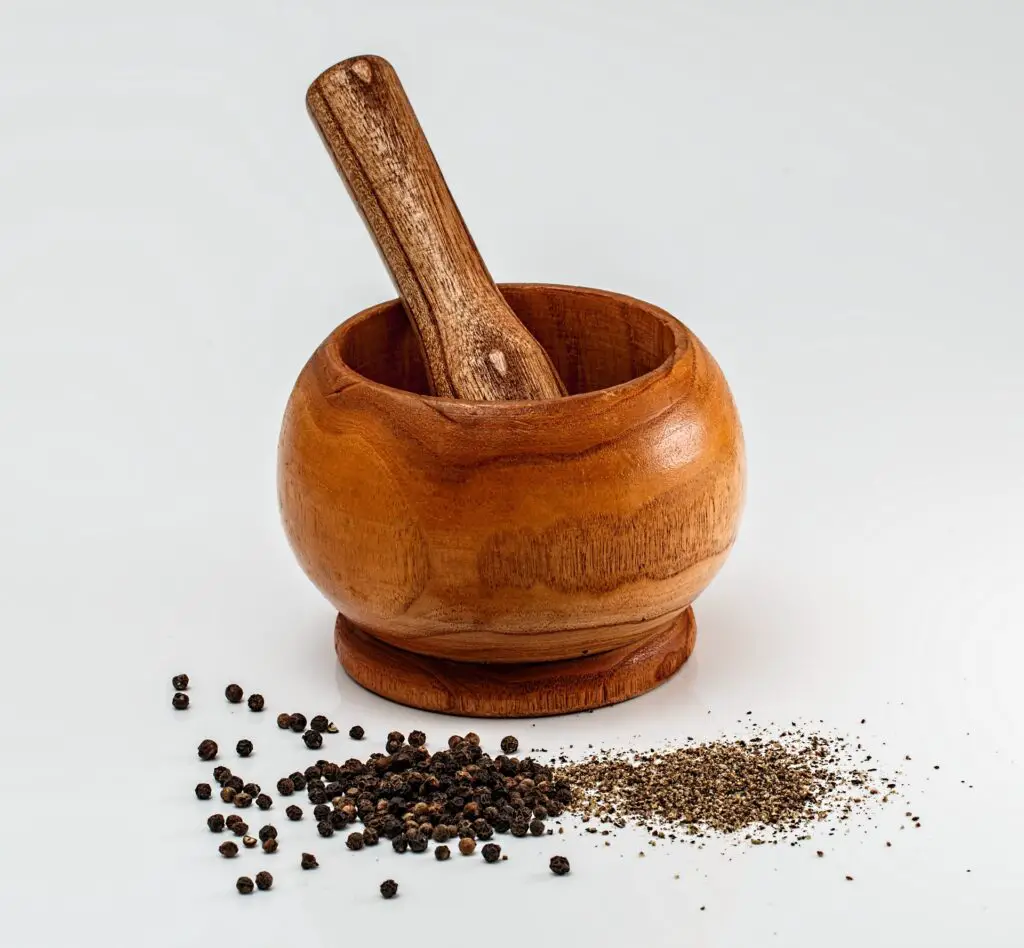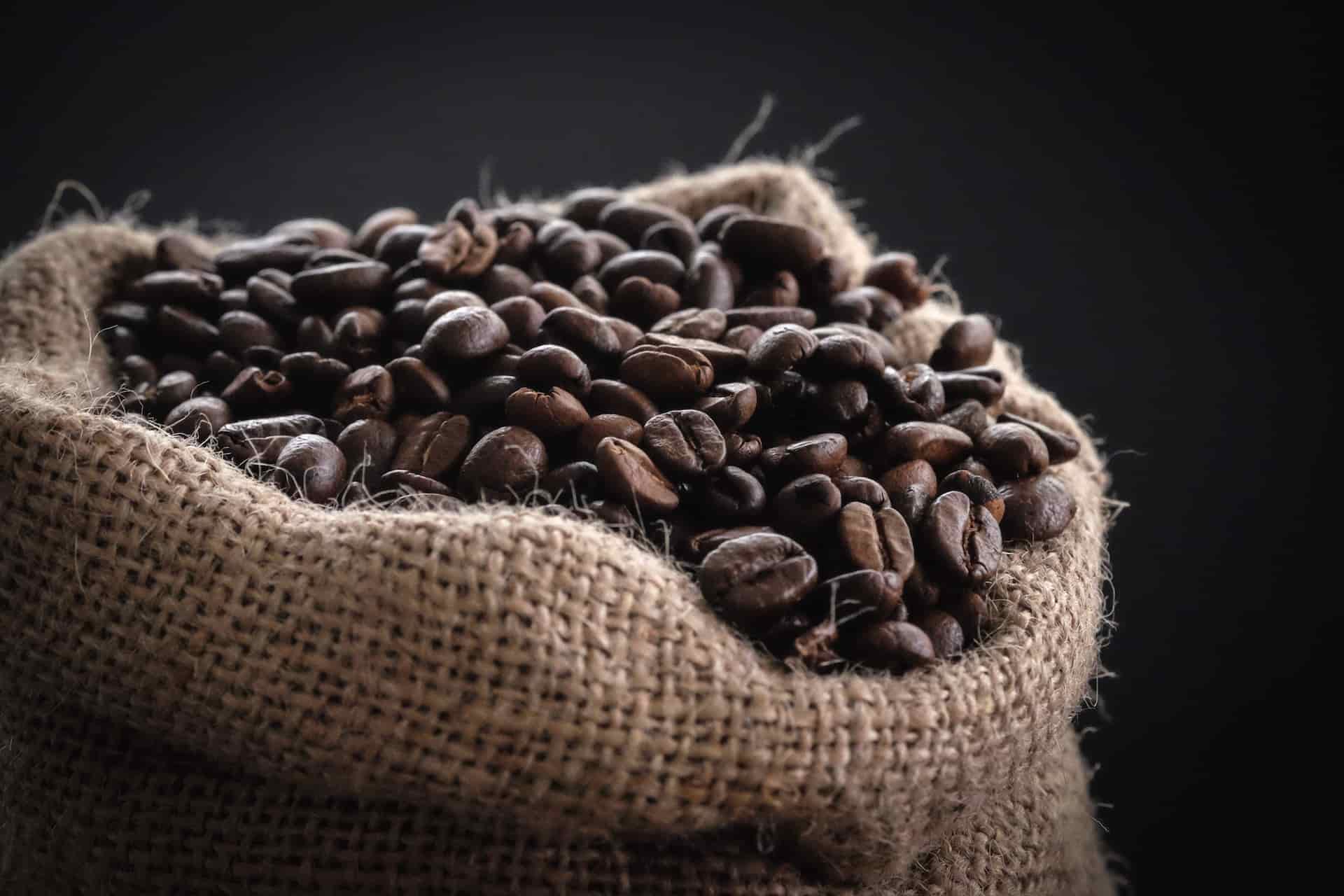If you’re a coffee lover, you know that the perfect cup of espresso relies on several factors, including the quality of the coffee beans, the right amount of water, and the correct brewing method.
But did you know that the grind size of your coffee beans is also a critical factor in making the perfect espresso shot?
In this article, we will guide you through the process of grinding coffee beans for espresso and explain why the right grind size is so important.
Whether you’re a beginner or an experienced barista, this guide will help you achieve the perfect espresso every time.
So, let’s get started!

Choosing The Right Grinder
When it comes to grinding coffee beans for espresso, choosing the right grinder is crucial.
A good quality grinder ensures that the coffee beans are ground to the right size and consistency, which is essential for a perfect shot of espresso.
There are several types of grinders available, each with its own pros and cons.
The first type is the blade grinder, which uses spinning blades to chop the coffee beans into smaller pieces.
While blade grinders are affordable and easy to use, they can produce inconsistent grinds and generate heat that can affect the flavor of the coffee.
The second type is the burr grinder, which crushes the coffee beans between two burrs to produce a consistent grind size.
Burr grinders come in two types: conical and flat.
Conical burr grinders are more affordable and produce less heat, but they can be noisy and may not be as durable.
Flat burr grinders are more expensive, produce a more consistent grind, and are quieter, but they can also generate more heat.
Finally, there are manual grinders, which are operated by hand and don’t require electricity.
Manual grinders are affordable, portable, and produce a consistent grind, but they require more effort and time to use.
Understanding Grind Size

To make the perfect espresso shot, it’s important to understand the concept of grind size.
The grind size refers to the size of the coffee particles after they’ve been ground, and it can significantly impact the quality of your espresso.
The reason grind size matters for espresso is that the water used to brew espresso is forced through the coffee at high pressure, and the grind size affects the rate at which the water flows through the coffee bed.
There are several types of grind sizes, ranging from coarse to fine.
Coarse grinds are typically used for French press or cold brew coffee, while fine grinds are used for espresso.
However, the ideal grind size for espresso can vary depending on factors such as the type of beans being used, the roast level, and the brewing equipment.
In general, a fine grind size is ideal for espresso because it creates more surface area for the water to extract flavor and aroma from the coffee.
However, the grind size shouldn’t be so fine that the water is unable to pass through the coffee bed, which can result in a slow extraction and a bitter taste.
On the other hand, if the grind size is too coarse, the water will pass through too quickly, resulting in a weak and under-extracted shot.
Grinding The Beans

Now that you’ve chosen the right grinder and understand the importance of grind size for espresso, it’s time to grind your coffee beans.
Here are step-by-step instructions for grinding coffee beans for espresso:
- Set your grinder to the fine grind setting. The exact setting may vary depending on your grinder and the type of beans you’re using, so it may take some experimentation to find the right setting.
- Weigh out the amount of coffee beans you need. A standard espresso shot typically requires around 7-9 grams of coffee, while a double shot requires 14-18 grams.
- Pour the coffee beans into the hopper of your grinder. Be sure not to overload the hopper, as this can cause the grinder to jam or produce an uneven grind.
- Turn on the grinder and allow it to run until all the beans have been ground.
- Once the beans have been ground, remove the portafilter from your espresso machine and empty any old grounds.
- Fill the portafilter with freshly ground coffee and tamp it down using a tamper. The coffee should be tamped evenly and with enough pressure to create a level surface.
- Place the portafilter back into your espresso machine and start the brewing process.
Here are some additional tips for achieving the perfect grind:
- Clean your grinder regularly to ensure that old grounds don’t affect the flavor of your coffee.
- Use freshly roasted coffee beans for the best flavor.
- Experiment with different grind sizes to find the ideal setting for your specific beans and brewing equipment.
- Adjust the grind size as needed if the shot is too slow or too fast.
- Use a scale to measure the amount of coffee beans and achieve consistency in your brewing.
Storing And Using The Ground Beans

Now that you’ve ground your coffee beans for espresso, it’s important to store them properly to maintain their freshness and flavor.
Here’s how to store ground coffee beans for the best results:
- Store the ground coffee in an airtight container, such as a mason jar or a coffee canister, to prevent moisture and air from getting in.
- Store the container in a cool, dark place, such as a pantry or a cupboard, away from direct sunlight, heat, and moisture.
- Avoid storing the ground coffee in the refrigerator or freezer, as this can cause the beans to absorb moisture and odors from other foods.
- Use the ground coffee within a week of grinding to ensure the freshest flavor.
When it comes to using ground beans to make espresso, here are some tips to keep in mind:
- Use a scale to measure the amount of ground coffee for consistency in your brewing.
- Use freshly boiled water to brew your espresso.
- Preheat your espresso machine and portafilter before brewing to ensure a consistent temperature.
- Brew your espresso within 30 seconds of grinding the beans to ensure optimal flavor and aroma.
- Experiment with different brewing times and techniques to find the perfect shot for your taste.
How To Grind Coffee Beans For Espresso Without A Grinder

While a good quality grinder is essential for achieving the perfect grind size for espresso, there are a few alternative methods you can try if you don’t have a grinder on hand.
- Mortar and pestle: If you have a mortar and pestle at home, you can use it to grind your coffee beans. Simply place a small amount of beans in the mortar and use the pestle to crush and grind them into a fine powder. This method requires some elbow grease, but it can be an effective way to grind coffee beans for espresso.
- Rolling pin: Another way to grind coffee beans without a grinder is to use a rolling pin. Place your coffee beans in a plastic bag, seal it, and use a rolling pin to crush the beans until they reach the desired grind size. This method may not produce the most consistent grind, but it can be a good option if you don’t have a grinder on hand.
- Blender: If you have a high-powered blender at home, you can use it to grind your coffee beans. Simply add the beans to the blender and pulse until you achieve the desired grind size. However, be careful not to over-blend the beans, as this can cause them to overheat and affect the flavor of your espresso.
While these alternative methods can work in a pinch, they may not produce the most consistent or optimal grind size for espresso.
If you’re serious about making great espresso at home, investing in a good quality grinder is highly recommended.
Conclusion
Achieving the perfect espresso shot requires the right equipment and technique, and grinding your coffee beans correctly is a crucial part of the process.
By choosing a good quality grinder, understanding the importance of grind size, and following the step-by-step instructions and tips outlined in this article, you’ll be well on your way to making the perfect espresso at home.
Remember to experiment with different settings and techniques to find what works best for you and your taste preferences.
With a little practice and patience, you’ll be able to brew espresso shots that rival those of your favorite coffee shops.
So, go ahead and give it a try! Invest in a good quality grinder, choose your favorite beans, and follow the tips and techniques outlined in this article to enjoy the perfect espresso shot every time.
FAQ’s
How fine do you grind coffee beans for espresso?
The ideal grind size for espresso is very fine, similar to the texture of sugar or salt.
This allows for maximum extraction and the formation of a rich crema.
Can you grind regular coffee beans for espresso?
While it’s possible to use regular coffee beans for espresso, it’s not recommended.
Espresso requires a specific grind size and roast level to achieve optimal flavor and crema.
Using regular coffee beans can result in a subpar espresso shot.
What number do you grind coffee for espresso?
The grind size for espresso can vary depending on the type of grinder you’re using.
Generally, for a burr grinder, a setting of 3-5 is recommended for a fine espresso grind.
What happens if the espresso grind is too fine?
If the espresso grind is too fine, it can cause the espresso machine to clog and the shot to pour too slowly or not at all.
It can also result in an overly bitter and burnt taste.
What happens if the espresso grind is too coarse?
If the espresso grind is too coarse, it can cause the shot to pour too quickly and result in a weak and under-extracted espresso with little to no crema.
Does grind size matter for espresso?
Yes, grind size is crucial for making a good espresso shot.
The right grind size ensures proper extraction, flavor, and crema formation.
How much coffee do I grind for 2 shots of espresso?
The standard amount of coffee for 2 shots of espresso is around 14-18 grams.
Is espresso fine or coarse?
Espresso requires a very fine grind size, similar to the texture of sugar or salt.


